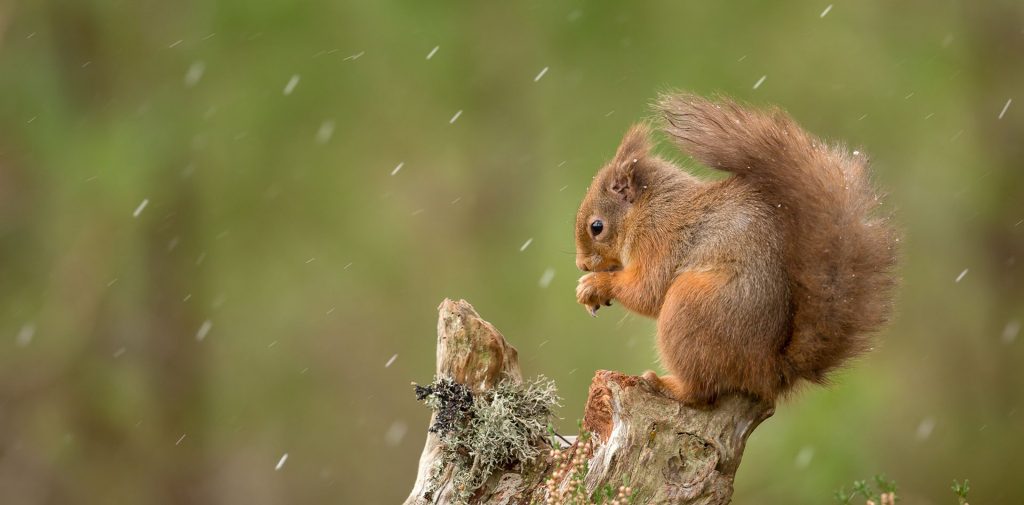5th Apr 2024, by Katie Berry
The first identified death of a red squirrel from squirrelpox virus north of Scotland’s Central Belt has been confirmed on the outskirts of Dunfermline, Fife. This news could have serious consequences for the area’s red squirrel populations, and people living in the region are urged to remain vigilant.
The case was confirmed via post-mortem examination of a red squirrel by the University of Edinburgh’s Royal (Dick) School of Veterinary Studies, after the squirrel was posted in by a member of the public who found it whilst walking in woodlands on the northern outskirts of Dunfermline last month. This red squirrel had ulcers and scabs around the eyes and mouth, both of which were confirmed as pox virus using microscopic examination at the Royal (Dick) School of Veterinary Studies and electron microscopy at the Animal and Plant Health Agency, Weybridge.
Squirrelpox is a virus carried by grey squirrels which does not affect them but can be rapidly lethal when passed to red squirrels. Symptoms include ulcers, scabs and weeping lesions on the face, paws and genitalia, all of which can prevent reds from eating, drinking or moving. As a result, it is usually fatal within two weeks and an outbreak can cause local populations to crash.
Liam Wilson, from the Royal (Dick) School of Veterinary Studies said:
“This is a worrying development for red squirrels in Scotland, as this case north of the Central Belt may be the prelude to squirrelpox expansion both locally ...

